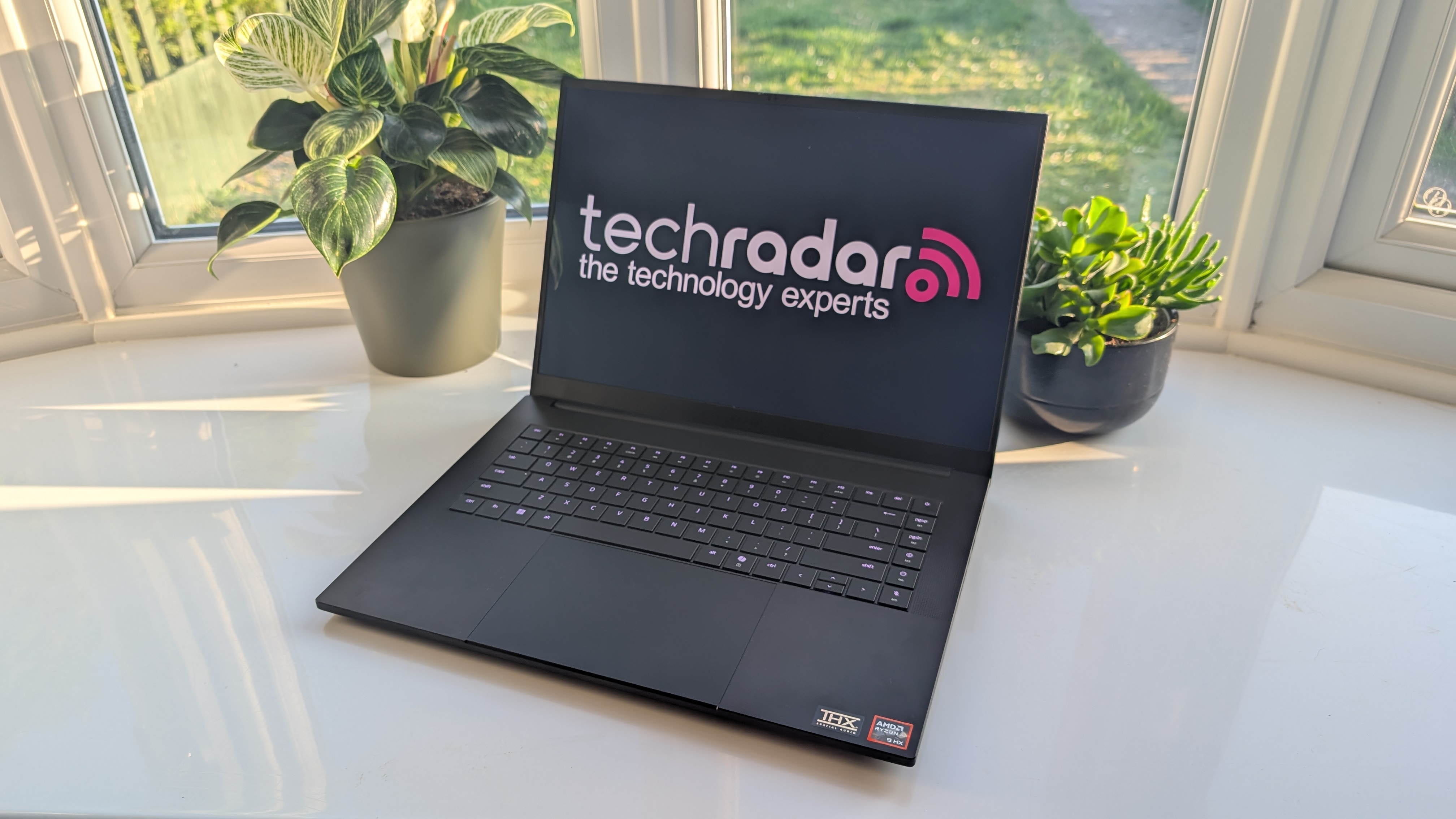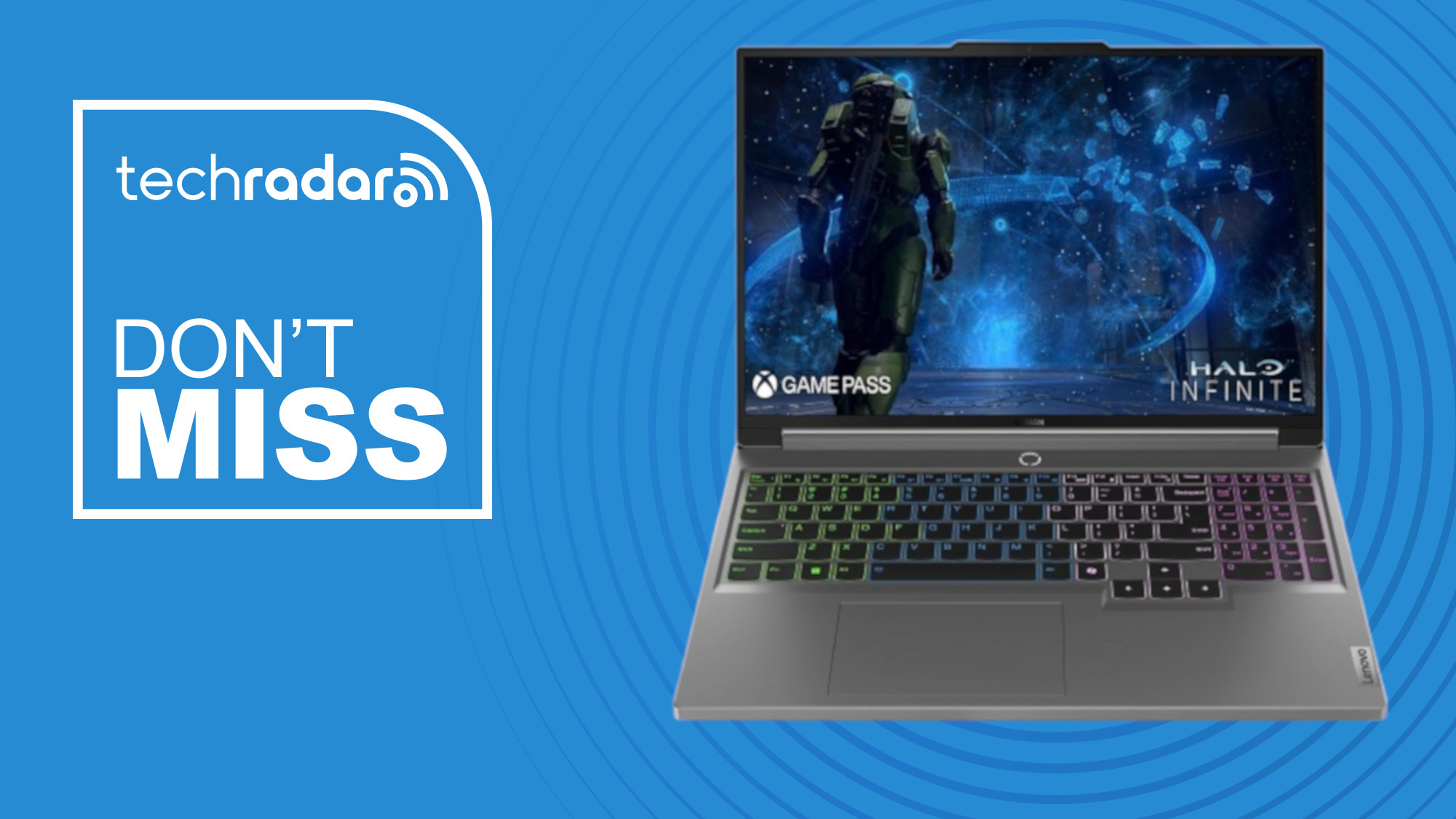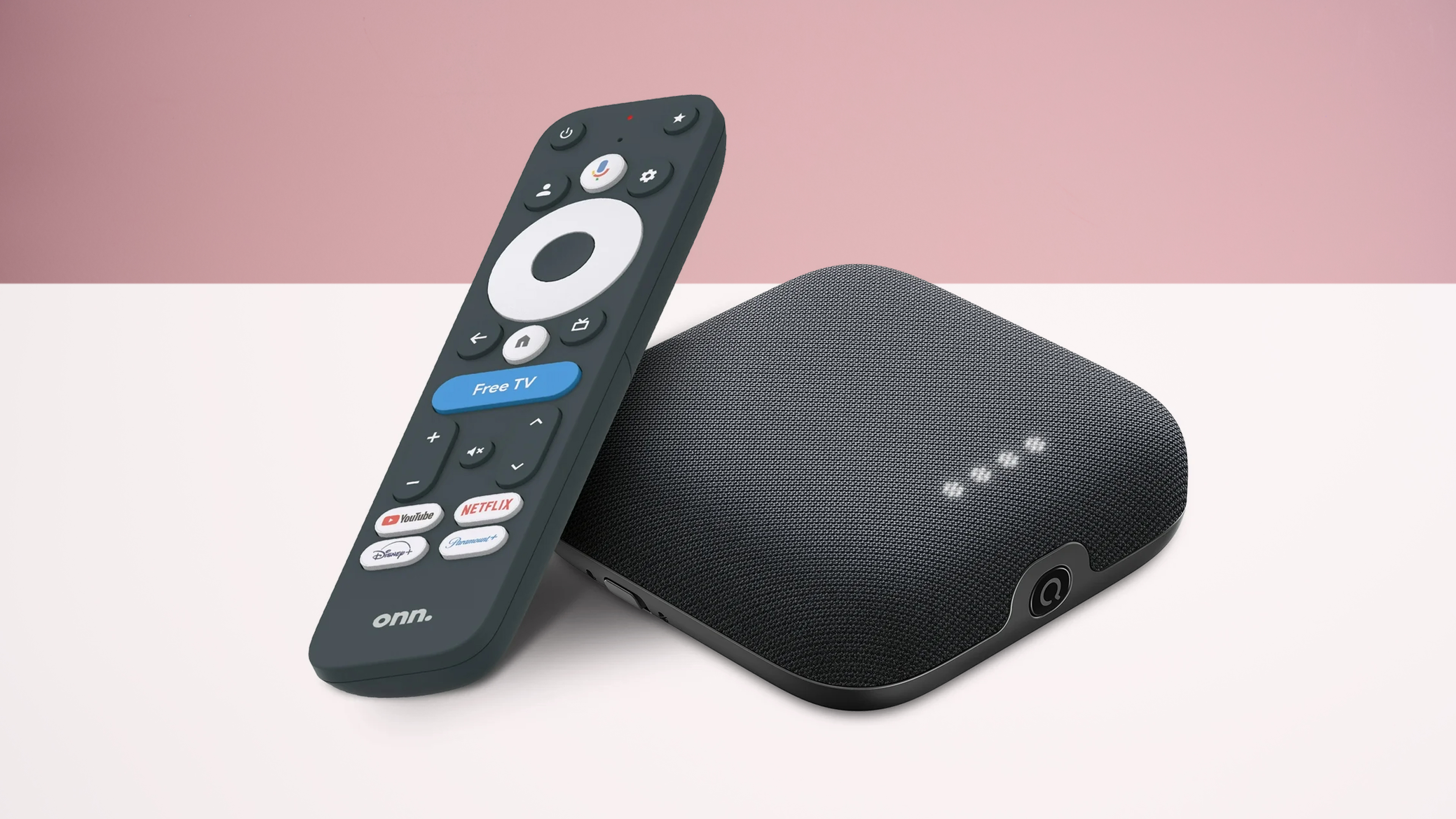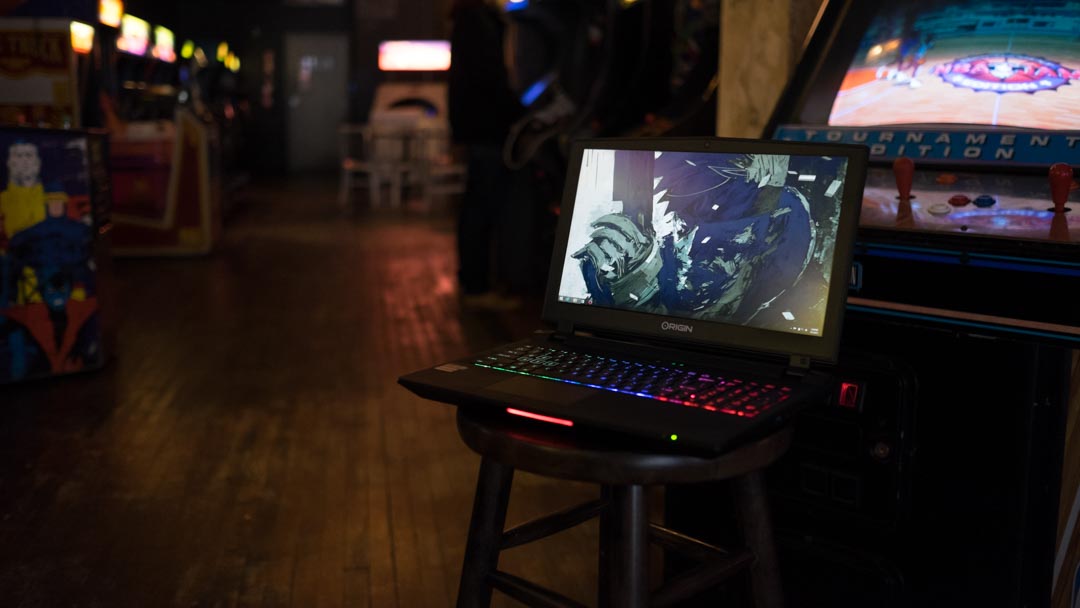
Unlike desktops, notebooks are notorious for being disposable. Buying a notebook usually comes with the expectation you'll toss after a few years in favor of something newer, complete with a faster processor, beefier graphics card or more storage. But as this year's crop of gaming laptops shows, this throw-it-away mentality isn't necessarily the case anymore.
Just look at MSI, which will replace mobile graphics cards on its bulkiest gaming laptops after a user has owned the machine for some time. Meanwhile, Origin has fitted its latest EON15-X and EON17-X gaming laptops with desktop processors, complete with a socketed connection for easily swappable components. In the last few months, we've seen two GPU boxes from Alienware and MSI that allow hardware tweakers to plug in a desktop graphics card, potentially opening up their system to years of upgrades.
- Check out the rest of our PC Gaming Week coverage
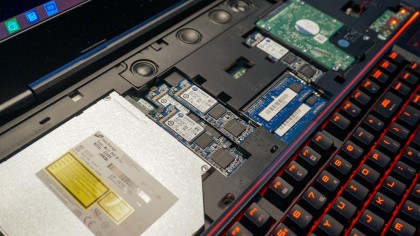
Easy upgradability has been a hallmark of desktop computers, but now it's starting to spill over to gaming laptops. To get a handle on this modular movement, we talked to the top notebook manufacturers about the advantages of an upgradable laptop, and take a look at why it hasn't come to more consumer machines - yet.
Under the hood
The MSI GT80 Titan is better known as one of the most insane gaming laptops thanks to its built-in mechanical keyboard, but hardcore PC gamers are equally drawn to its simple upgradability. Undo two screws and the entire front top pops off, giving you access to the flash storage, memory, hard drive and optical drive.
What's more, users can send their laptop back to MSI for a hot new graphics card. Typically servicing your laptop means fixing a problem, but for the last few years the Taiwanese computer maker has offered GPU upgrades for users who want to keep their systems up to date.
MSI's Clifford Chun told TechRadar that a lot of users buy new laptops when the next generation of graphics cards comes out. However, with this upgrade path, users keep using their machines for longer and stretching their dollars in the process.
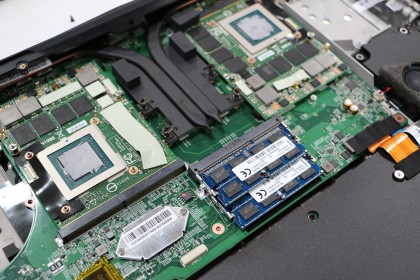
"That way they're not spending $2,000 for one year, they're actually spending it for three years or longer," Chun said.
Get daily insight, inspiration and deals in your inbox
Sign up for breaking news, reviews, opinion, top tech deals, and more.
Rather than permanently soldering the graphics card to the laptops logic board, MSI has employed an MXM card connection that it can easily unplug and replace.
"It's very easy to just pull out the fan [and] the thermal modules and the MXM card will just slide out, letting you put in a new one," Chun said.
Putting the desktop in laptop
MSI isn't the only company to offer MXM card-based GPU upgrades. Origin provides the same service and now it's taking the modular concept of laptops to an even higher level with a desktop processor inside its latest EON15-X and EON17-X gaming machines.
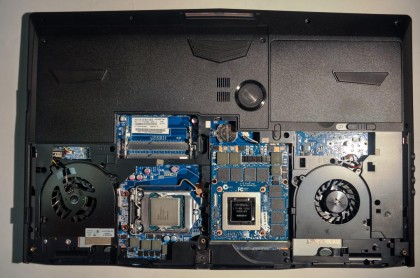
Origin Marketing Manager Eddy Piedra said it's exactly the same CPU you would find in a full-size desktop from the part to the LGA 1150 socket it plugs into. This in turn means the processor is not soldered to the motherboard, allowing users to send their laptop back to the manufacturer for an easy processor replacement.
Piedra explained that the desktop processor is more beneficial for users who edit video and use other processor-heavy pro applications. At the same time, the beefier CPU is useful for games with lots of artificial intelligence-driven characters such as Elder Scrolls Skyrim and Civilization V.
There are more advantages than just performance as Piedra told us: "the [Intel] 4790K processor is half the price of the extreme mobile processor, so just overall the system is cheaper to begin with and we have really good overclocking abilities [too]."
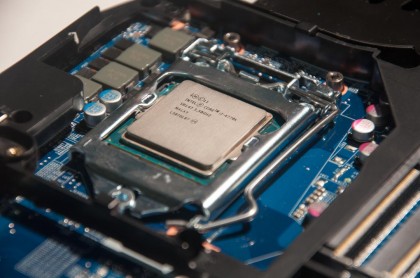
This isn't the first time Origin has made a gaming laptop with a desktop processor humming inside. Three years ago, the boutique computer maker came out with an EON17-X, based on the Clevo P570WM, rocking an Intel Sandy Bridge processor.
"On the old unit [it] had a desktop processor and it was an SLI system, so you used to have dual 300-watt AC adapter to power it," Tony Berry, Origin's mobile product manager, said. "These notebooks now with the single GPU and desktop processor use a 230-watt, really slim AC adapter. It's kind of crazy how things have changed in just a few years."
Despite running with a desktop processor again, Origin says it's worked closely with Clevo to develop a compact system. The new EON17-X is 37% thinner and 30% lighter compared to the older model. This is thanks to Origin dumping the optical drive and creating a unified cooling system with one big heat sink for both the CPU and GPU.
Kevin Lee was a former computing reporter at TechRadar. Kevin is now the SEO Updates Editor at IGN based in New York. He handles all of the best of tech buying guides while also dipping his hand in the entertainment and games evergreen content. Kevin has over eight years of experience in the tech and games publications with previous bylines at Polygon, PC World, and more. Outside of work, Kevin is major movie buff of cult and bad films. He also regularly plays flight & space sim and racing games. IRL he's a fan of archery, axe throwing, and board games.

